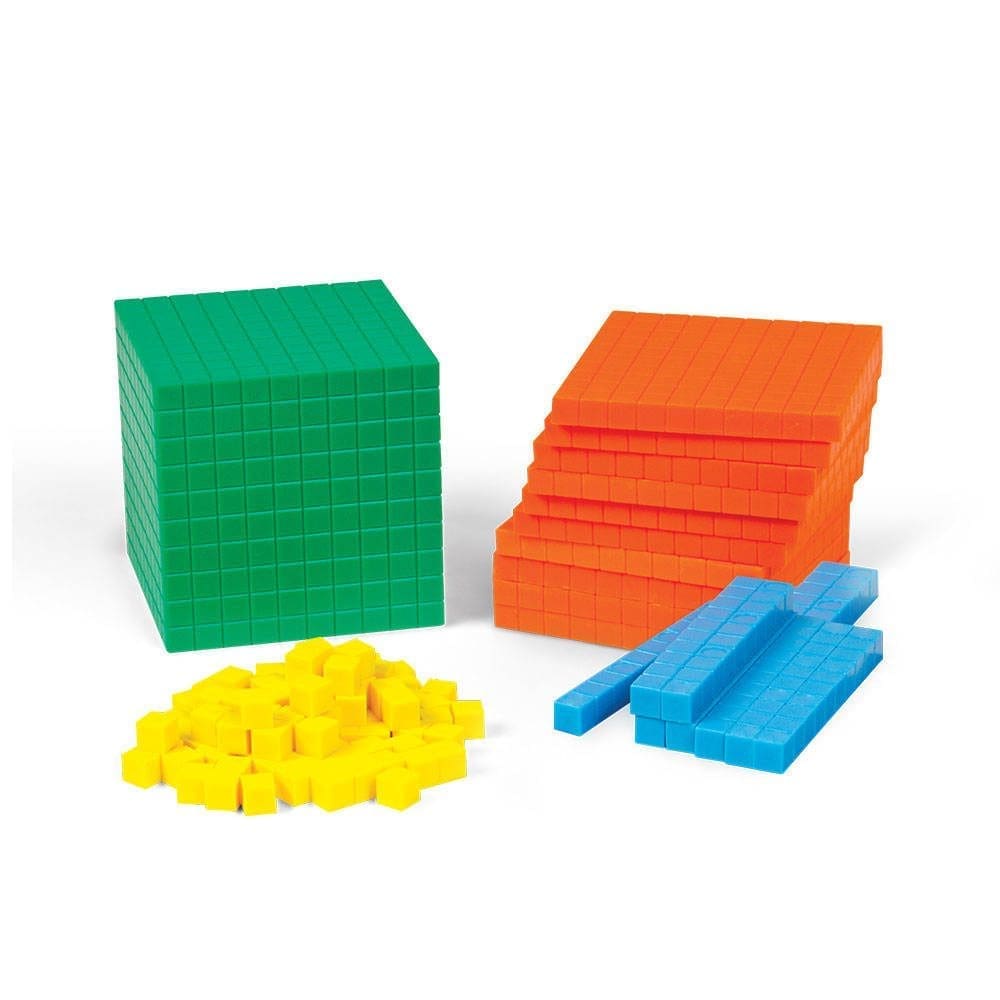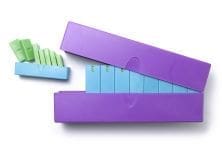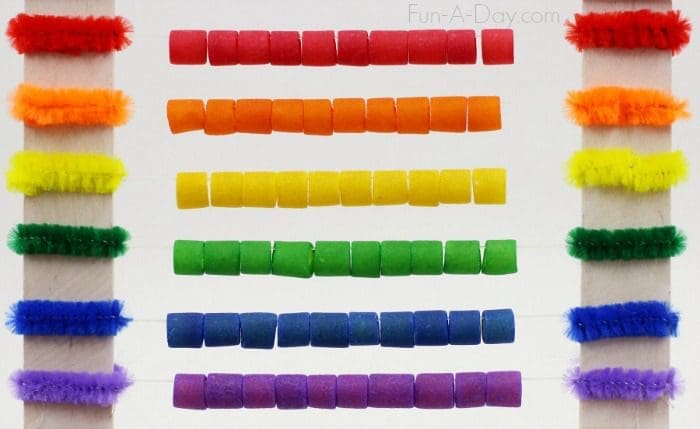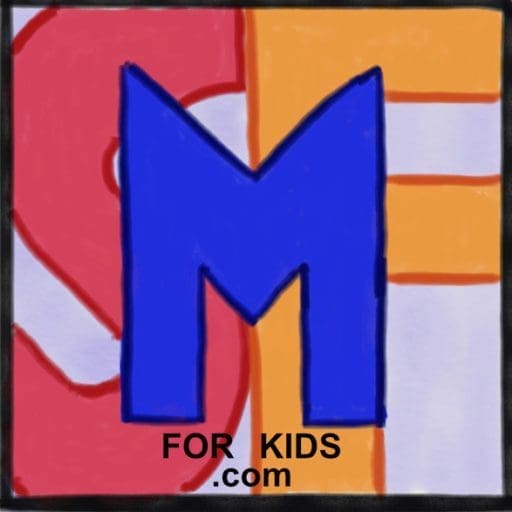As I wrote on the page “The Importance Of Place Value,” there is no concept more important in elementary math than that math is all about patterns, and the pattern we use for building all numbers is based on tens. Constance Kamii writes that “Recent research has shown that place value remains difficult in third and fourth grade, in spite of the fact that it is taught repeatedly in every primary grade.” (Click here to read Kamii’s full article, titled Place Value: An Explanation of Its Difficulty and Educational Implications for the Primary Grades.)
Why is this, and is there something we can do to change it? This will be the first in a series of teaching place value across the grade levels. We will start with beginning place value focusing on tens and ones.
First we will take adequate time with our youngest students to make sure they understand permutations of ten, and all the combinations of numbers that add to and within ten. This is so important that I have written a whole separate post about it. If kids truly understand these combinations, and understand place value, they can use the combinations to easily add and subtract larger numbers. As I always tell kids the “second rule of math” (after “math is all about patterns”) is that “big numbers work the same way small numbers do.”
Play With Manipulatives!
Next we need our young students to fully understand how tens and ones work together to build numbers. Although Cuisenaire Rods are better for teaching the combinations within 10 (and will be useful for many other math concepts) what we need for beginning place value, especially working with tens and ones, and then hundreds, is base 10 blocks.

Even better than base 10 blocks if you can get them are Digi Blocks. See my post about many ways to use these amazing tools.

It is very important to let the kids have time to play freely with math manipulatives. My introduction to how hands on play based math can really work wonders came when I taught 1st/2nd grade summer school. We actually had time on these laid back mornings with no administrators or learning coaches in sight checking for posted learning targets. We got out the base ten blocks and PLAYED. And I was so surprised to see how easily the kids picked up on the concepts that we had tried hard to teach through formal lessons.
As hand2mind explains it, “As (students )move the blocks around to create designs and build structures, they may be able to discover on their own that it takes 10 of a smaller block to make one of the next larger blocks. Students’ designs and structures also lead them to employ spatial visualization and to work intuitively with the geometric concepts of shape, perimeter, area, and volume.
Sometimes we think only the struggling students “need” the manipulatives, but let all the kids play with them. Gifted students will pick up on even more. I’ll never forget the kindergarten boy who made the discovery playing with base 10 blocks that “Ten hundred” and 1000 were the same number!
Games and Hands On Activities
Once the kids have played with the base 10 blocks we begin to play games with them. Race to 100 is a classic that really works . Go here for free printable instructions and recording sheets.
I also have the kids make their own craft stick abacus in small groups, then use them for problem solving and many number games. They love these and are so proud to take them home and show their families how they work.

Another favorite of all of my young students is the Make a Splash 120 floor chart game. Students absolutely LOVE rolling the giant inflatable dice. First they roll the two blue dice and add then together. Then they roll the orange die and add/subtract either 1 or 10. This really helps with the concept of plus or minus ten that many young students find difficult. The game can also be used for many other concepts, making it a very worthwhile purchase.

Marilyn Burns has a similar paper/pencil game called The Game of Tens and Ones that can be found at Math Solutions.
More Resources
Here are some more great resources for beginning place value activities and games:
Place Value First Grade Centers from The Brown Bag Teacher
Hands on Place Value for First Grade
Teaching Tens and Ones game with cupcake liners
Beginning Place Value from Turnstall’s Teaching Tidbits
First Grade Lesson Make Tens and Ones from Better Lesson
Next article on place value: Teaching Place Value in Elementary
